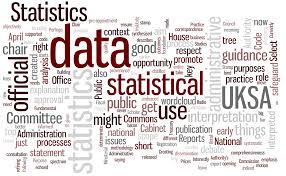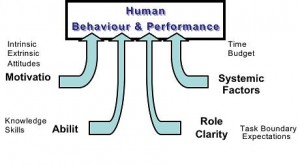Been through a lot of stuff on statistics, isn’t it? Let’s learn where all that stuff is used!
1) Introduction
A national statistical system becomes necessary for organising the collection, compilation and publication of series of statistics on all important aspects of national life on a regular basis. The system has to determine the nature, scope and coverage of the statistics to be collected. In order to ensure quality and comparability of statistics, the system has to evolve standard concepts and definitions, use standard modes of classification and adopt a standard methodology for the collection and analysis of data.
While a statistical system may be examined from a variety of angles, perhaps the most important consideration is the degree of centralisation involved in the system. According to the degree of centralisation, the following broad type of statistical system may be distinguished:
- Completely decentralised system: This is the case where no system really exists. Under such a set-up, with no co-ordinating agency, there are gaps in available statistics and the quality of data varies from one subject to another.
- System with a minimum of co-ordination: In this case, there are several offices at the national level, each responsible for the collection, compilation and publication of data in its own area, but there is some agency having supervision on the whole field of national statistics. Such an agency exercises no control on the activities of the various statistical offices, playing a completely advisory role, but it provides a certain liaison with the various offices.
- System decentralised by subject with co-ordinating agency: Under such a set-up, different offices are responsible for the collection, compilation and publication of data in their respective areas, but there is an agency to co-ordinate their activities. While each department can pay adequate attention to special problems in its field, the co-ordinating agency ensures that standard definitions, uniform coverage and comparable time periods are adopted.
- System with a central office for general statistics and a co-ordinating agency: The idea behind this system is that while certain types of statistics may be derived as a by-product of the routine activities of various departments, there are others that have to be collected by special organisations. Under this system, a central statistical office is entrusted with the collection of the latter types of data. Quite often, this office also functions as an agency to co-ordinate the work of the different departments.
- Centralised system: Under this system, one central office collects, compiles and publishes statistics relating to social and economic matters. It also takes upon itself the task of compiling administrative and specialised data that may be collected by the various departments. The system leads to considerable economy in tabulation. But it may also engender a lack of initiative among the various subordinate data-collecting agencies.
2) Indian Statistical System
Systematic data-collection in India started only with the advent of British rule. While the first population census was taken in 1871-72, other modes of data-collection were adopted much earlier.
The available data came up almost as a by-product of administration. In 1945 an inter-departmental committee was set up to assess the available statistical material. While this Committee made a number of recommendations regarding the filling up of gaps and improvement of the existing organisations, it was only after the attainment of Independence, when steps were taken towards the economic development of the country through the successive five-year plans, that an urgent need was felt for placing the system of data-collection on a sound footing.
A Central Statistical Unit was set up in the Cabinet Secretariat in 1949. This was expanded into the present Central Statistical Organisation (C.S.O.) in 1951. The purpose was to effect co-ordination of the work of
- The statistical units in the various Central Government Departments and
- The Statistical Bureaux of the State Governments (which, in their turn, were set up to co-ordinate the activities of the statistical units in the different State Government departments).
Under the constitution, foreign trade, banking and currency, railways, post and telegraphs, population, etc. , are central subjects.
For State subjects, like agriculture, public health, power, etc. , the State Governments bear the responsibility of data-collection. But there are some subjects on the Concurrent List, like industry, education, trade unions, labour and relief and rehabilitation, in respect of which the Central and State Governments operate simultaneously to meet their respective requirements of data.
But even where the States (and the Union Territories) have the primary responsibility for data-collection, the Central Government acts (through the CSO) as the co-ordinating agency for the compilation and publication of data on all-India basis.





2 Comments. Leave new
Nice work..
Good work.. Nice..